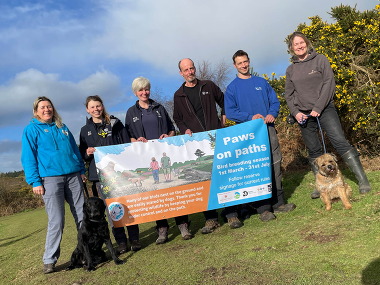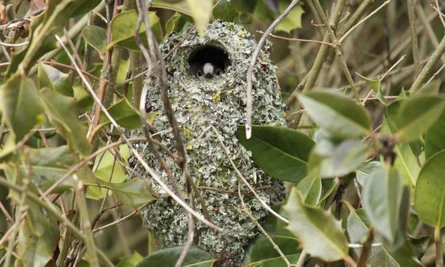 With the weather slowly improving, daffodils on the verges and blossom appearing on the trees we can start to look forward to the season of fresh, green growth, brighter colours, longer days and much more bird song.
With the changing seasons, our winter birds are heading back to all corners of the globe to begin their breeding and we might be lucky enough to see large flocks of Brent geese leaving the estuary. When we spot the first swallows arriving back from Africa, then we'll know spring is here!
 As the peak season for bird nesting arrives, it’s crucial for us all to play our part in helping East Devon’s wild birds raise their young and thrive.
From 1 March until 31 July, birds take advantage of warmer weather, availability of food and nesting materials to start breeding, making it essential to give them the undisturbed space they need.
 What’s all this then? Spring is in the air, plants are growing, and the earliest of our joyful wildflowers are coming into bloom on nature reserves around the estuary and across the commons. Ah lovely, now if someone could just tell the weather!
The official date for the beginning of Breeding Bird Season (1 March) has arrived – and from here on in, certain activities – such as trimming or cutting trees, bushes, hedges and rough vegetation – are now restricted where birds are nesting, so that active bird nests aren’t damaged or destroyed, and specific bird species, such as nightjar and Dartford warbler, aren’t disturbed.
|